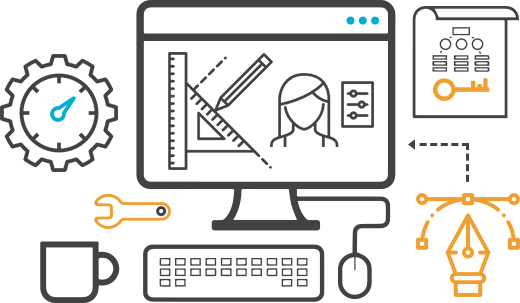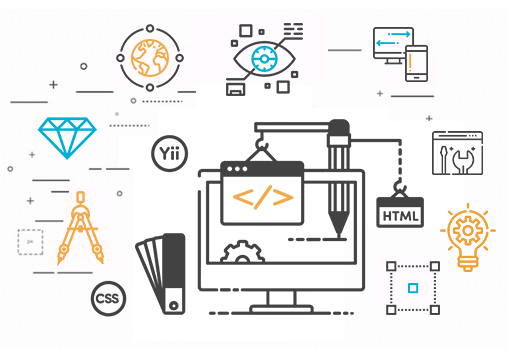
It is essential to use the right web development tools while building effective and delightful websites. These tools facilitate the event process, increase output, and guarantee a project’s success as a whole. Developers may save time, hamper errors, and supply users with a far better experience by using the proper tools.
Keeping up with present technology and industry trends is important when using the right web development tools. Code editors, version control systems, and testing frameworks are examples of tools that help developers work more efficiently and suit the always-changing online environment. The ultimate result and, therefore, the pleasure of consumers and end users are often greatly impacted by selecting acceptable tools that meet the project requirements.
Collaboration between team members can also be enhanced by choosing acceptable web development tools. Developers may collaborate easily, no matter where they’re physically located, by employing tools that enable communication, task management, and code exchange. additionally, to increase productivity, this cooperation gives the event team a sense of cohesion and purpose, which successively helps the project succeed.
Visual Studio Code
Because of its many capabilities, Visual Studio Code may be a well-liked code editor among developers in Kolkata. With the various extensions it provides for several programming languages, developers can tailor their coding environment to their specific requirements. Additionally, Kolkata developers may more easily handle version control right within the editor because of Visual Studio Code’s built-in Git support.
GitHub
Developers in Kolkata can effectively manage code repositories and collaborate on projects with the assistance of GitHub. Developers in Kolkata may effortlessly establish branches for brand-spanking new features, track changes made to their code, and seamlessly merge code contributions from team members by using GitHub. For teams performing on projects locally or remotely, this simplifies the event process and promotes a collaborative atmosphere.
Kolkata developers now have access to an in-depth toolkit for coding, version control, and teamwork with a mixture of Visual Studio Code and GitHub. Developers in Kolkata can improve their productivity, streamline their workflows, and collaborate with team members more effectively by utilizing the features of Visual Studio Code and GitHub for project management. This may ultimately end in the successful development of high-quality software products.
Bootstrap
Web design and development company Kolkata frequently chooses Bootstrap due to its many benefits when it involves creating responsive websites. Its grid concept, which enables simple and effective layout creation across many screen sizes, is one of its main advantages. Furthermore, during the event process, Bootstrap offers a variety of pre-designed components and templates, which will save time and energy. Its robust community support and comprehensive documentation further improve its usability, giving it a solid framework for building flexible websites.
There are distinct benefits for web development in Kolkata from both Bootstrap and AngularJS. With its grid system and pre-designed components, Bootstrap is great at building responsive websites; however, AngularJS is exclusive in that it makes developing dynamic web apps easier with capabilities like dependency injection and two-way data binding. By leveraging the strengths of those frameworks, developers in Kolkata can enhance their productivity, create high-quality websites, and stay competitive within the ever-evolving field of web development.
AngularJS
This JavaScript framework has become more and more well-known in Kolkata’s web development community for a variety of reasons. AngularJS makes it easier to make dynamic web apps by providing capabilities like dependency injection and two-way data binding. Large-scale projects require clearer, more maintainable code, which is what this produces. Moreover, AngularJS features a robust developer community and is maintained by Google, which guarantees frequent updates and a plethora of resources for developers in Kolkata to enhance their abilities and keep current with web development trends.
Gulp
Web developers utilize the popular task runner Gulp to automate time-consuming operations during the event process. Unit testing, compilation, minification, and other processes are all made easier by it. Gulp has established itself as a typical tool for optimizing web development workflows because of its user-friendly API and extensive ecosystem of plugins.








